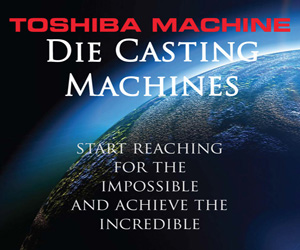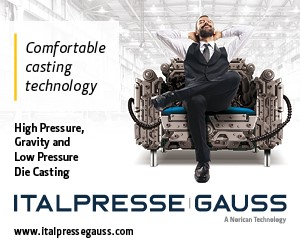For die casting designs that require maximum strength without increased wall thickness, ribs are an excellent option. This process ensures that cast parts use fewer materials but maintain the durability required, creating lighter products and saving on overall costs.
Ribs are designed within a die cast to provide added support; this process allows ribs to be thinner and deeper than ever before. However, it is important to keep in mind when and how to effectively incorporate ribs into a cast.
Benefits and Design Features
In addition to providing extra strength, ribs are essential in helping to fill all parts of the die cast. Molten metal sometimes has difficulty flowing into every crevice of a cast; ribs provide a path for this metal, ensuring the quality and integrity of each part.
When designing a cast with ribs, it is vital to add fillets and the correct draft. This adds even more strength to the part while allowing the molten metal to flow more easily and smoothly. It also simplifies and expedites part ejection once casting has been completed.
Another important element to consider when designing with ribs is to use them in odd numbers. This prevents the added stress that occurs when ribs are adjacent to each other and keeps part thickness to a minimum.
Keep in mind, however, that not every design requires ribbing. Consult an engineer to confirm if ribbing is necessary in your part; while it can provide strength and stiffness, unnecessary ribs will increase the complexity and cost of the overall design.
Learn More
The video above provides added information about the benefits and advantages ribs provide for die casting designs. For further information, contact us directly.








